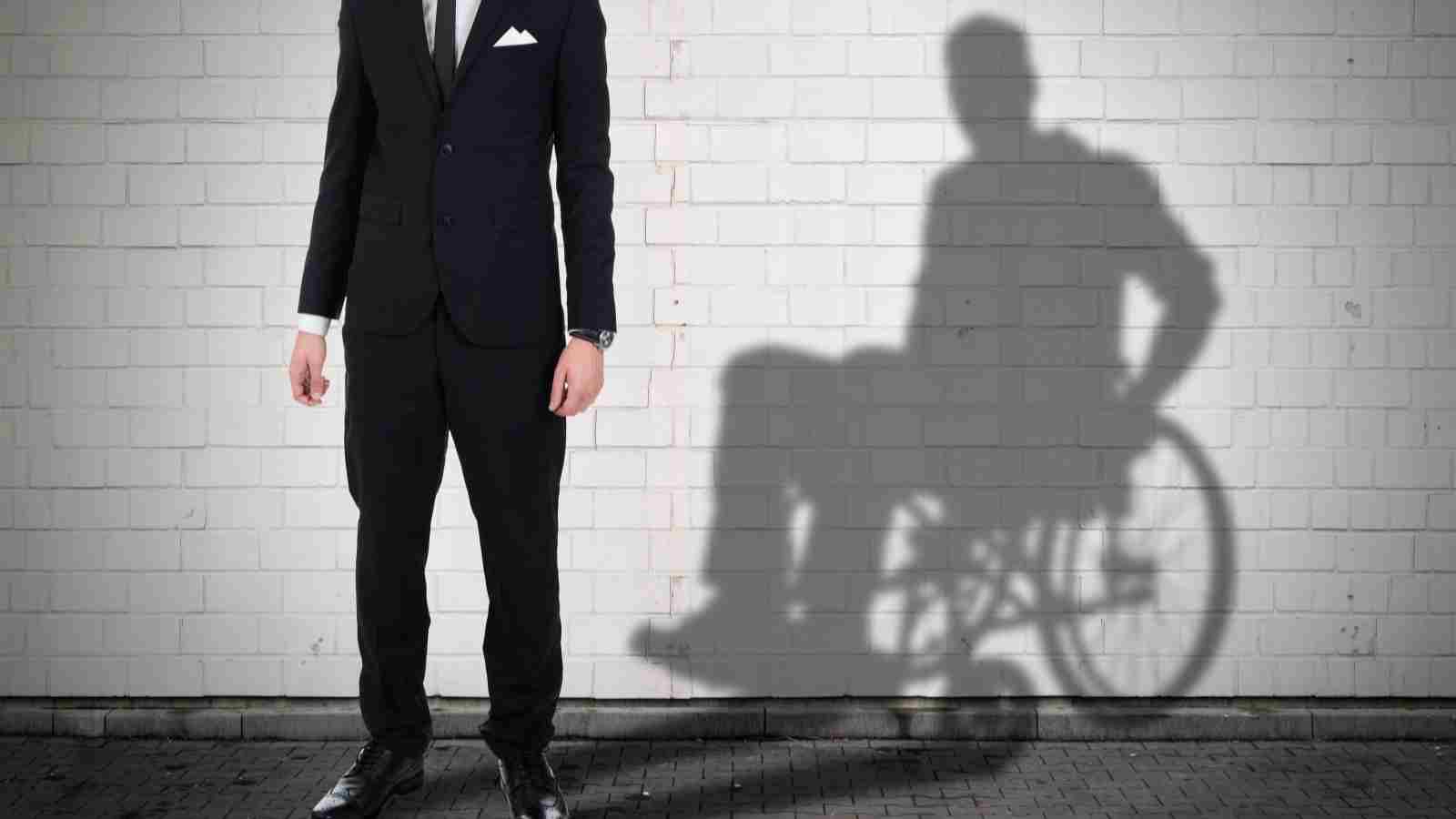THERE IS NO GREATER DISABILITY IN SOCIETY THAN THE INABILITY TO SEE A PERSON AS MORE. – ROBERT M. HENSEL
Sometimes in life, you come across such situations where you get a chance to help a disabled person and that one chance can give you so much more in return for a little help, like satisfaction, happiness, gratitude, and a chance to keep Humanity alive.
But what if you cannot see the disability? How are you going to help such a person and in what ways?
But before that,
How is this even possible?
Isn’t disability a physical abnormality?
Isn’t it obvious for a disability to be visible?
The answer to all these questions is that such conditions do exist and are known as invisible disabilities. In simple terms, an invisible disability is a physical, mental, or neurological condition that is not visible from the outside, yet is a limitation or a challenge to a person’s movement, senses, or activities.
What is an invisible disability?
Invisible disability is also known as a hidden disability, is a disability that is not immediately apparent. But is equally problematic and significantly affects normal activities of daily life.
It can either be a hearing or a vision impairment that does not require the person to wear a hearing aid or glasses. Mental health issues such as panic and anxiety disorder, depression, PTSD, and chronic fatigue, and joint pain, and color blindness also fall under this category.
Invisible disabilities and the society
Discrimination against disabled people is a known thing but discrimination among disabled people is something faced by people with invisible disabilities. Just because they are not very apparent, invisible disabilities are mostly considered as fake excuses given by people claiming to have them, in need of certain benefits.
For example, college students are the ones mostly affected by invisible disabilities like depression, anxiety, ADD/ADHD, and they may request accommodations. But since they do not appear to have a disability, they are sometimes denied any sort of help.
But one thing you should surely take notice of is that visible or invisible, any disability that impairs the normal activities in a person’s daily life, is serious and needs to be considered.
How To Help People With An Invisible Disability
“You do not look disabled”, “You seem absolutely fine”, and “This is not going to get you any sympathy” are some standard approaches we make towards people facing such difficulties which not only increases their trouble but also destroys their self-confidence and belief in humanity.
To help such people you need to know and understand a few things:
- Many forms of invisible disabilities exist that have no signs and symptoms on the outside but affect the cells, muscles, bones, or the person’s cognition on the inside.
- Disabled, invisibly disabled, or completely fine, if anybody needs help, they should be helped without discrimination and without considering the severity of the disability.
- Always ask the person in what way you can help them without making judgments based on what you see.
- Do not belittle people based on what is the ‘level’ of their disability because no one enjoys a disability in any form.
- Try to gain more knowledge about the disability from the patient and how it is affecting them so that you can make proper decisions.
- If you are completely unaware of the condition, seek medical assistance.
Being born as a human, alone does not make you a human but being considerate towards others and helping them does. Please take every health issue, apparent or invisible, seriously.
Systemic barriers, derogatory attitudes, and social exclusions make it difficult for impaired individuals to attain their valued functionings.
We hope this article gives you a better understanding of such conditions and can prove helpful.





